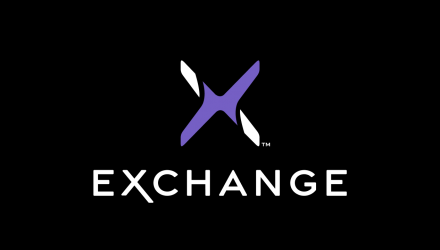It’s been a rough year for investors as both equities and bonds stumbled, but the ETF industry has had a strong year despite sticky inflation and tough markets. Evan Harp sat down with VettaFi head of research Todd Rosenbluth to discuss.
Evan Harp: Despite a bear market for U.S. equity and fixed income markets, 2022 is going to be the second-best year for ETF flows. Why do you think that’s the case?
Todd Rosenbluth: That’s right. The U.S. ETF industry is likely to have gathered over $600 billion of new money in 2022, behind only the record set in 2021. In the past when the market has been volatile, ETFs gained traction. However, this year is different because equity and fixed income markets are down sharply, so advisors and end clients are putting money to work in the face of paper losses likely achieved. ETFs have become the default choice for many advisors and clients because the products tend to be less expensive, more diversified, more accessible, and more tax efficient than mutual funds or individual securities. Advisors can shift to lower-risk equity ETFs — such as the Schwab US Dividend Equity ETF (SCHD) or the lnvesco S&P 500 Low Volatility ETF (SPLV) — or short-term fixed income ETFs like the Vanguard Short-Term Corporate Bond ETF (VCSH) to meet client needs and provide savings.
Harp: How are fixed income ETFs gathering new money while fixed income mutual funds have experienced net outflows?
Rosenbluth: The Bloomberg Aggregate Bond Index was recently down 11% for the year, and the average intermediate core bond mutual fund was still lagging it modestly, according to Morningstar data. Some advisors have used the selloff as an opportunity to rotate into ETFs benefiting from tax loss harvesting in 2022 and save clients money for 2023 and beyond. Fixed income ETFs have gathered approximately $180 billion of net inflows, equal to 30% share of the industry flows, despite representing just under 20% of the overall assets during a period when fixed income mutual funds have been facing net redemptions. We are also seeing advisors shift to equity income ETFs to garner stable income without the same impact from the Federal Reserve’s rate hikes.
Harp: Actively managed ETFs have gained ground in 2022. What’s driving this demand, and can it persist for 2023?
Rosenbluth: Active ETFs have also been punching above their weight. As of early December, they gathered 14% of the net inflows, despite representing 4% of the assets. Some of the drivers are ones we touched on already. The JPMorgan Equity Premium Income (JEPI) has been the most popular active ETF in 2022 with approximately $12 billion of net inflows. Management of JEPI selects low-risk stocks that look attractively valued and enhances the income of the portfolio with covered call options. Meanwhile, less interest rate-sensitive active ETFs like the JPMorgan Ultra-Short Income ETF (JPST), the First Trust Enhanced Short Maturity ETF (FTSM), and the PGIM Ultra-Short Bond ETF (PULS) all gathered $1 billion. We think demand will persist in 2023, as relatively new entrants like Capital Group, Federated, Harbor Capital, Matthews Asia, and Neuberger Berman have rolled out some compelling products that advisors are already diving into.
Harp: With the Fed likely to shift its rate hiking program in 2023, how can advisors adjust their client portfolios?
Rosenbluth: With ETFs, advisors are in more control of helping clients meet their goals. While protecting against rising rates has been the focus in 2022, taking on some rate risk is likely to be more rewarding. Whether that involves intermediate-term bond funds like the Vanguard Intermediate Term Corporate Bond ETF (VCIT) or tilting toward smaller companies with an equally weighted version of the S&P 500 using the Invesco S&P 500 Equal Weight Portfolio (RSP), or returning to emerging markets with products like the iShares Core MSCI Emerging Markets ETF (IEMG), 2023 portfolios are likely to be different than ones that worked in 2022.
Harp: There are now 3,000 ETFs available. How do advisors sort through the universe of products?
Rosenbluth: Free websites like VettaFi’s ETF Database and others can be a great resource for advisors that know what type of fund they are looking for, like short-term bonds or emerging markets, to see what their choices are and make side-by-side comparisons based on costs, holdings, returns, and more. Advisors also likely have some home office tools and recommended lists they can leverage. Getting the exposure correct is most important, since what is inside the fund is going to be a bigger driver of future returns than the past track record or the fee the client pays.
Harp: The Exchange conference is coming up in February. Besides learning about ETFs, what can advisors expect from the event?
Rosenbluth: That’s right, the Exchange conference in Miami in early February is going to be a great place for advisors to get up to speed on ETF developments and learn how to conduct stronger due diligence on the broad array of products. But VettaFi is enabling advisors to build a content path that’s highly personalized to their interests, including practice growth and personal development. This includes hours of continuing education credits, as well as sessions offering financial planning tools, information about model portfolios, and content marketing. And we are building in a lot of networking time so advisors can engage with one another. Exchange is the place for advisors in February.
For more news, information, and analysis, visit VettaFi | ETF Trends.
